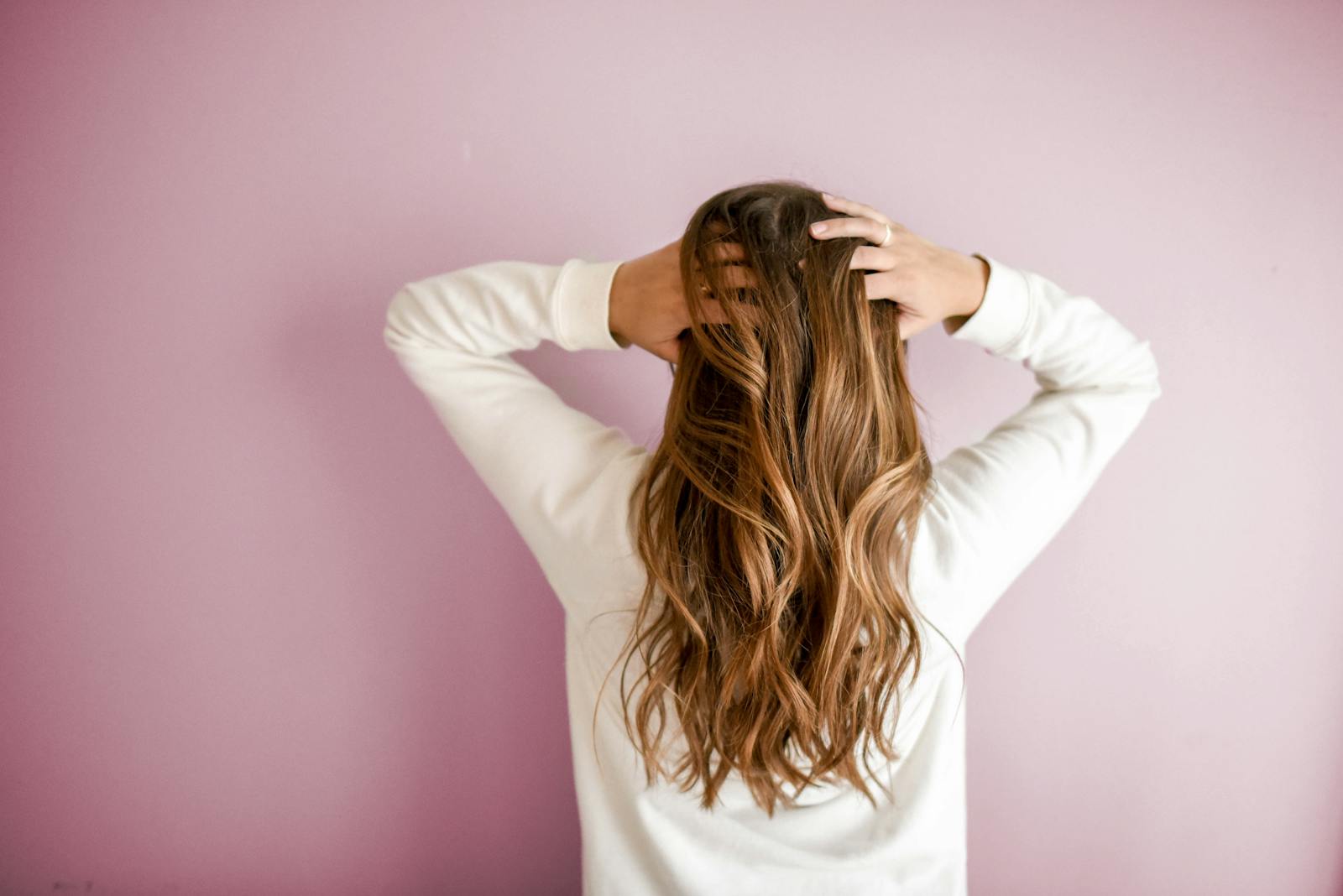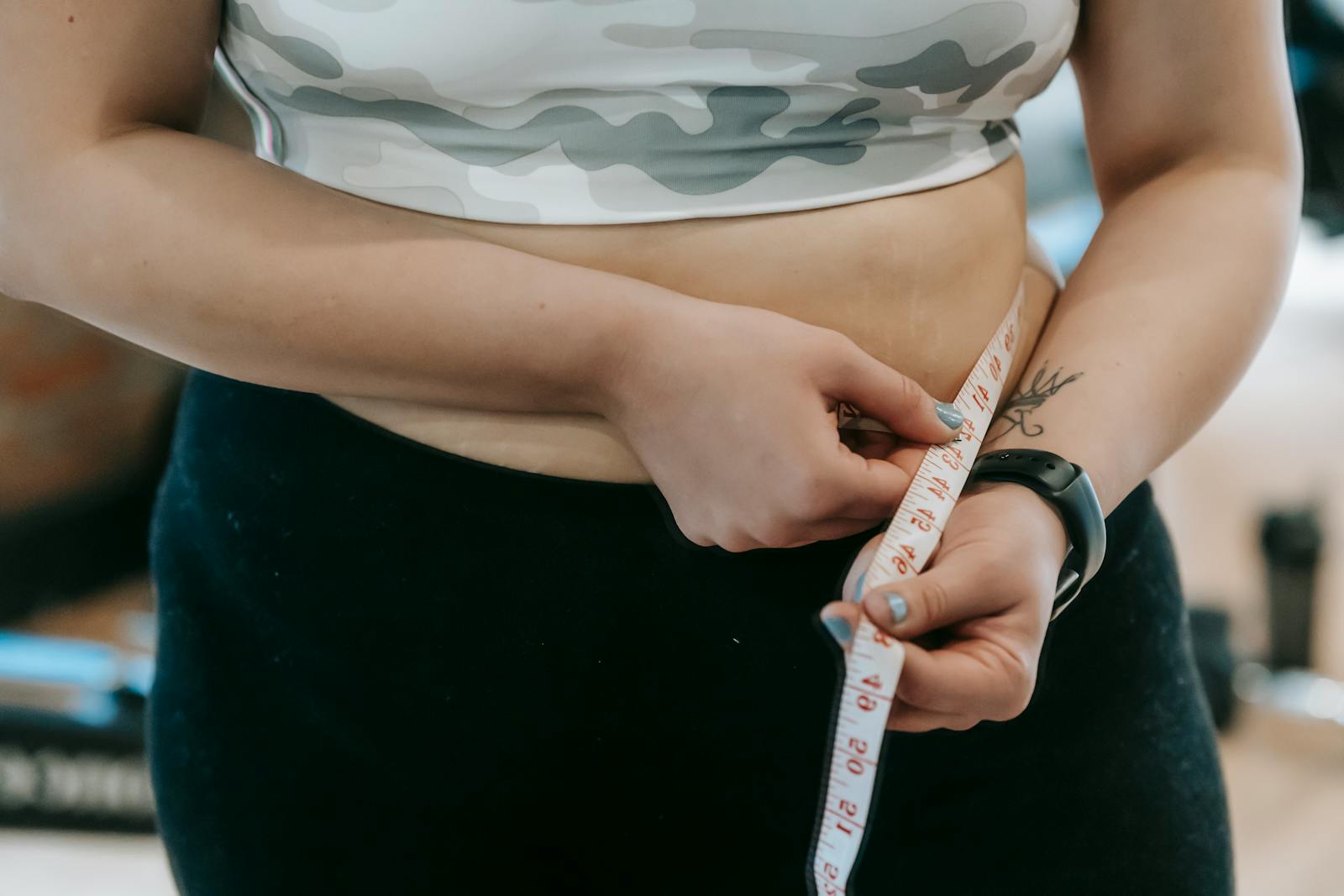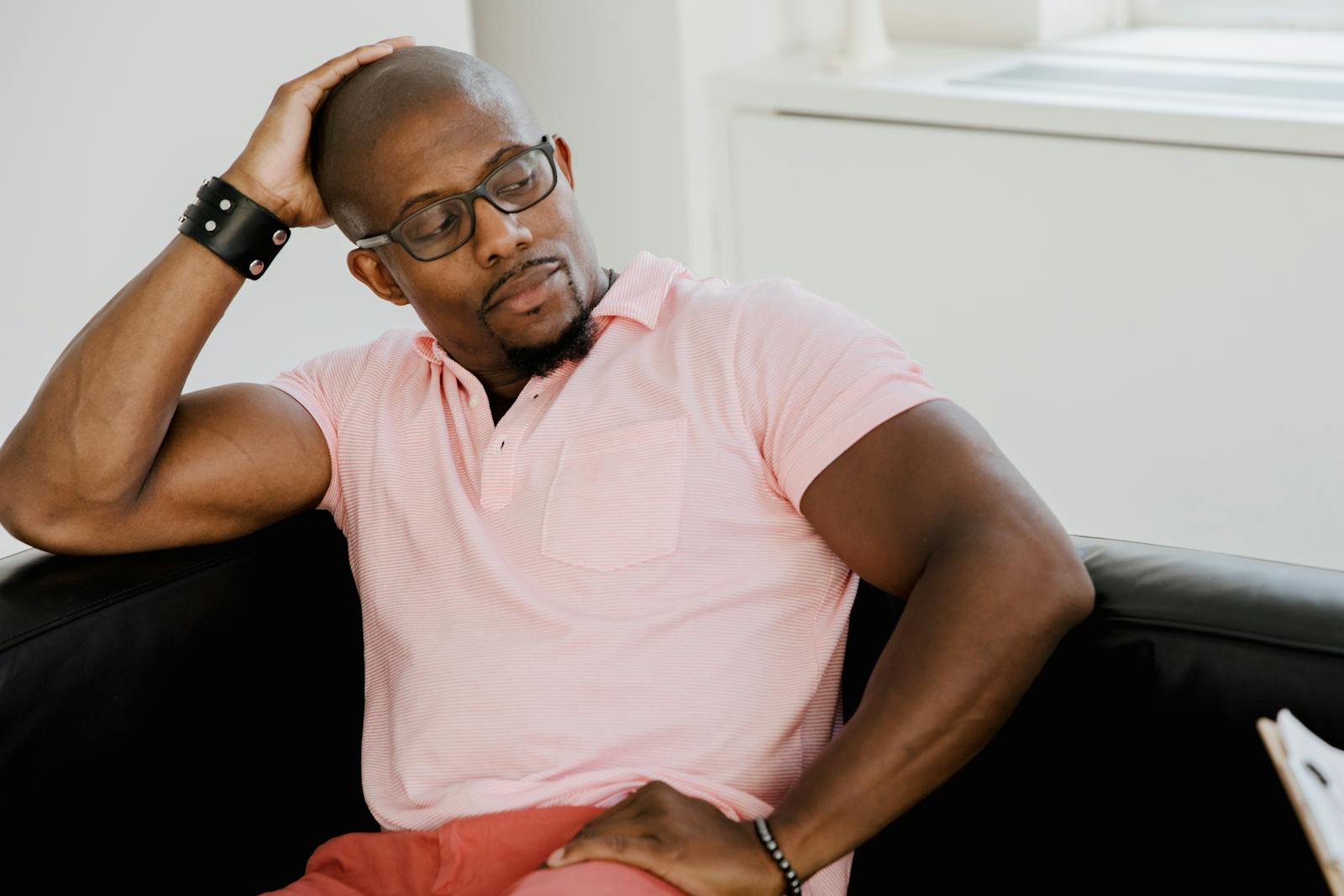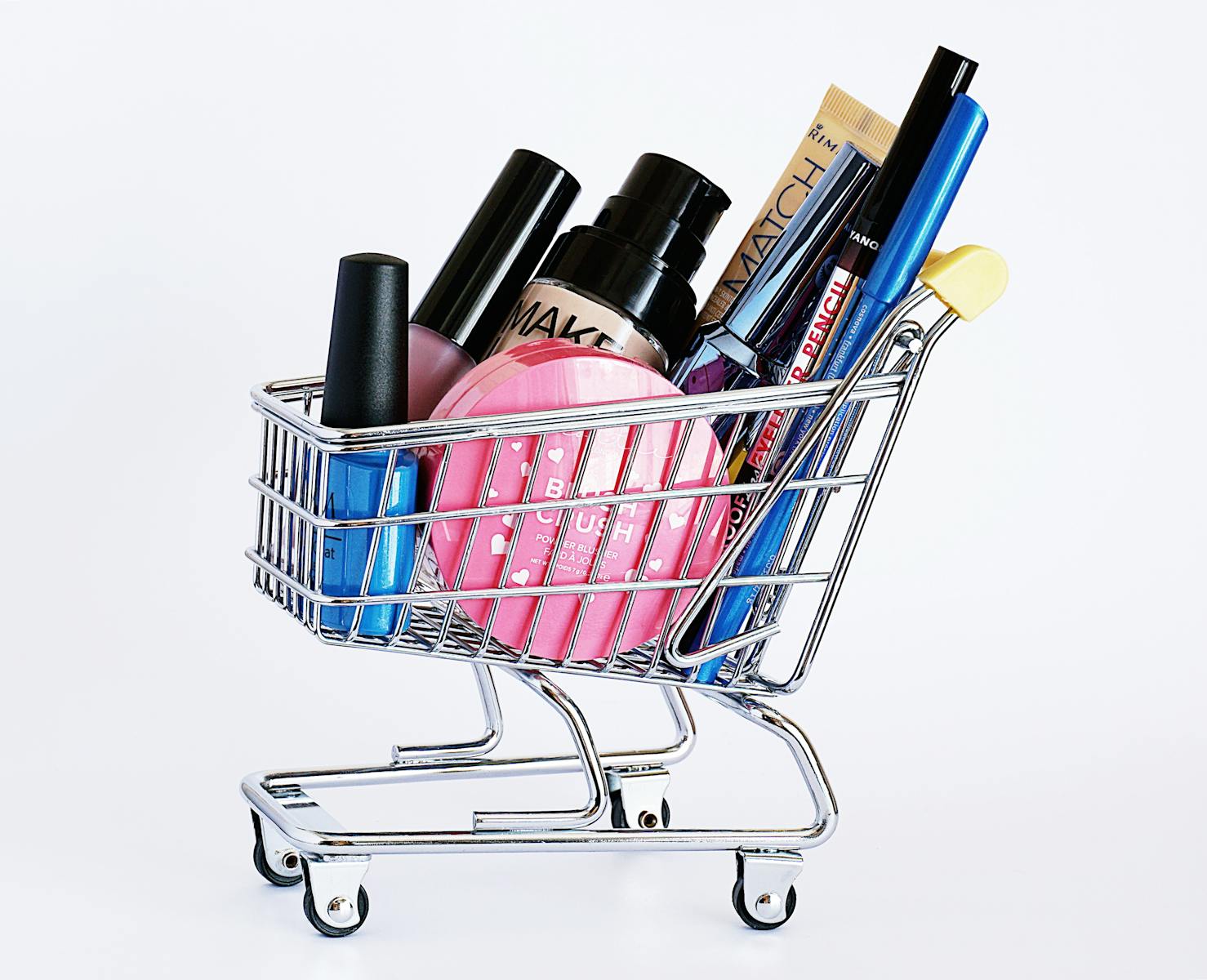When hair turns dull, brittle, and unmanageable, most people blame the shampoo. But dryness runs deeper. It’s a mix of biology, lifestyle, and the invisible toll of modern grooming habits. Understanding what truly causes dryness is the first step toward bringing your hair back to life.
The Real Meaning of “Dry Hair”
In cosmetic science, “dry hair” refers to strands that produce too little natural oil from the scalp—or hair that’s been stripped of that oil by chemical treatments and heat. The result? Rough texture, split ends, and that lifeless matte look that no serum seems to fix.
Dry hair isn’t just a cosmetic nuisance—it’s a structural issue. Each strand loses its natural protective layer, making it prone to breakage and hard to detangle. Static electricity becomes more common, and the hair feels coarse even after conditioning.
Genetics, Aging, and Chemical Damage
Some people are simply born with drier hair. Even if it doesn’t show in childhood, dryness tends to increase with age as oil production declines—just like with our skin.
Then there are external aggressors: hair dye, bleach, and permanent waves. Each strips away lipids that protect the cuticle, leaving the shaft porous and unable to retain moisture. Add heat styling tools like blow dryers, curling irons, and flat irons, and the damage compounds quickly.
Sun exposure and salty ocean air finish the job, draining the last bit of hydration from already vulnerable strands. The result is hair that looks—and feels—exhausted.
How Nutrition Affects Hair Texture
It’s easy to forget that hair health begins at the dinner table. Nutrients from food take roughly three days to reach the hair follicles, but the difference in shine and strength is noticeable over time. Diets lacking in protein, essential fatty acids, and vitamins can make strands appear lifeless no matter what you apply on top.
A diet rich in lean proteins, whole grains, nuts, and colorful fruits gives the hair the raw materials it needs to rebuild. Processed food, on the other hand, robs it of resilience.
The Hidden Role of Water
Few people realize how much local water affects their hair. Hard water—especially the kind rich in calcium carbonate, common in regions like Portugal—leaves mineral deposits that dull the surface and make strands feel rough. Water with an alkaline pH also lifts the cuticle, increasing dryness.
You can’t change your tap water, but you can neutralize its effects by using a chelating shampoo occasionally or installing a shower filter.
Why Products Work Differently for Everyone
A shampoo that transforms one person’s hair might do nothing for another’s. Hair, like skin, has individual characteristics. Its porosity, thickness, and oil balance all influence how products interact with it. The key is experimentation: try different formulas, give them time to work, and don’t expect miracles overnight.
Simple Home Treatments That Make a Difference
Sometimes the best nourishment comes from your kitchen. Two classic homemade masks still hold up:
- Yogurt and Honey Mask: Mix one cup of plain yogurt with a tablespoon of honey. Apply to the ends, cover with a shower cap for 15 minutes, then rinse thoroughly before shampooing and conditioning. The yogurt’s proteins strengthen strands while honey seals in moisture.
- Avocado, Olive Oil, and Milk Mask: Blend one ripe avocado with one tablespoon of olive oil, one tablespoon of honey, and one cup of milk. Apply to hair and wrap it with a warm, damp towel or a thermal cap for 30 minutes. The avocado’s natural oils, combined with milk proteins, restore softness and shine.
Both treatments act as intensive conditioners for dry, stressed hair.
Choosing the Right Products for Dry Hair
Professional-grade products make a real difference, but quality alone isn’t enough—you need the right ingredients. Look for formulas enriched with:
- Macadamia oil
- Bone marrow (tutano) extract
- Keratin
- Jaborandi extract
- Cottonseed extract
- Linseed oil (Semi di Lino)
- Wheat germ oil
- Ceramides
- Vitamin A
These ingredients replenish lost lipids, smooth the cuticle, and help rebuild hair strength. Ampoules or concentrated masks can also boost hydration when mixed with your regular conditioner.
For finishing touches, use light silicone serums on the ends to control frizz. Warm a few drops between your palms and distribute them gently through the tips and surface flyaways. The trick is moderation—too much turns glossy into greasy.
Smarter Washing and Styling Habits
Technique matters as much as products. Follow these core principles:
- Wash hair with lukewarm water, never hot.
- Choose moisturizing shampoos and conditioners specifically made for dry hair.
- Use deep treatment creams weekly or biweekly, depending on the damage level.
- Apply leave-in balms or lightweight styling fluids to tame rebellious strands.
- When using a blow dryer, alternate between warm and cool air to minimize heat stress.
- Opt for shampoos with mild detergents, preferably salt-free and pH-balanced.
- Always apply conditioner to the lengths and ends, not the scalp.
These small adjustments reduce cumulative damage and keep hair fibers resilient over time.
When to Seek Professional Help
If dryness is accompanied by excessive shedding, scalp irritation, or patchy hair loss, it’s time to consult a dermatologist or trichologist. Chronic dryness can mask underlying issues like sebaceous imbalance or early signs of alopecia.
For anyone undergoing chemical treatments such as straightening or progressive brushing, speak directly with your stylist. Each treatment has its own compatible aftercare line, and using random products may undermine results or cause breakage. Guesswork is the enemy of healthy hair.
The Final Word
Healthy hair isn’t a matter of luck—it’s balance. Between nourishment and protection, moisture and structure. When you respect your hair’s natural rhythm, feed it well, and give it space to recover, it responds. You start to see light reflecting again, movement returning, that unmistakable sense of vitality that no artificial shine can replicate. It’s not about chasing perfection—it’s about restoring harmony.




